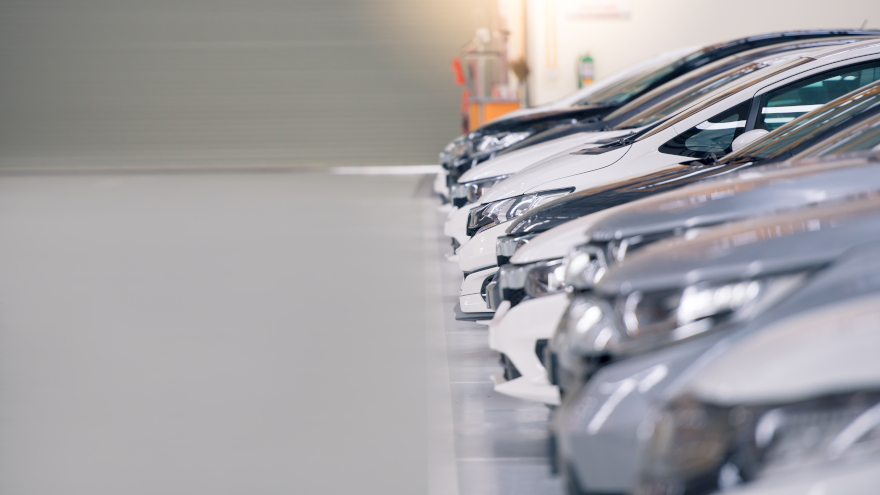Supply factors impacting used-car demand

Lower new-car inventory levels may have some consumers turning to the used-car market.
That bears out in a couple of analyses released in recent weeks.
According to Dealer Inspire internal data shared by parent company Cars.com, the used-car search share climbed 4.5 percentage points from March 23 to June 23, while new-car search share was down 3 percentage points.
That reversed what had happened at the outset of the pandemic, when new-car searches had a large lead over used-car searches, due mostly to record-high incentive levels, Cars.com said in an analysis released late last month.
New-car inventory levels declined due to the combination of such incentives and production stoppages.
“Until production fully rebounds and automakers can deliver a larger inventory of new cars, expect more shoppers to turn to used cars to fill the demand,” Cars.com said in a news release detailing research that identifies six trends the company expects for the second half.
“In turn, dealers can expect more opportunities to acquire used inventory outside of the traditional auction lane to beef up supply,” it added. “Shoppers should also anticipate potential price increases on used vehicles as demand increases and inventory shrinks.”
In a related analysis released Monday, Cox Automotive found that new vehicles priced below $20,000 currently have the highest inventory levels (95.6 days supply last week), with the $20,000-30,000 new vehicles next in line at 76.1 days.
Meantime, supply is lowest for the $30,000-40,000 new vehicle at 54.9 days.
New cars in the next four increasing price ranges all had days supply between 61 and 66 days, according to Cox Automotive/vAuto data.
The average for all new vehicles is 67.7 days.
“Since vehicle sales hit rock bottom in April, the below-$30,000 segment has been slowest to recover,” Cox Automotive senior economist Charlie Chesbrough said in the analysis. “It may seem counter intuitive that the cheapest vehicles would not be more in demand, given buyers generally seek lower prices during recessions. But those buyers likely are bearing the brunt of the downturn and may be turning away from new vehicles to used.”
With strong value and selection in pre-owned cars, “Demand for used vehicles has been running stronger than new-vehicle demand,” Chesbrough said.
Looking at data from J.D Power, there has been some moderation in growth when comparing used-car retail sales by franchised dealers to their pre-virus projections.
For the week ending July 26, used sales by franchised dealers were down 3% from pre-virus forecasts, after remaining above the projections for June and much of July.
For the week ending July 5, used sales at franchised stores were 22% stronger than pre-pandemic forecasts, but that gap narrowed to 10% the week ending July 12 and 4% the following week.
In its weekly analysis, J.D. Power said of the week ending July 26: “The result reflected a continuation of the slow down observed over the past three weeks. Used retail prices rose once again, increasing 0.7ppts week-over-week in the week ending July 26. Prices are now 4.5% higher than pre-virus levels.”

 View The Latest Edition
View The Latest Edition

